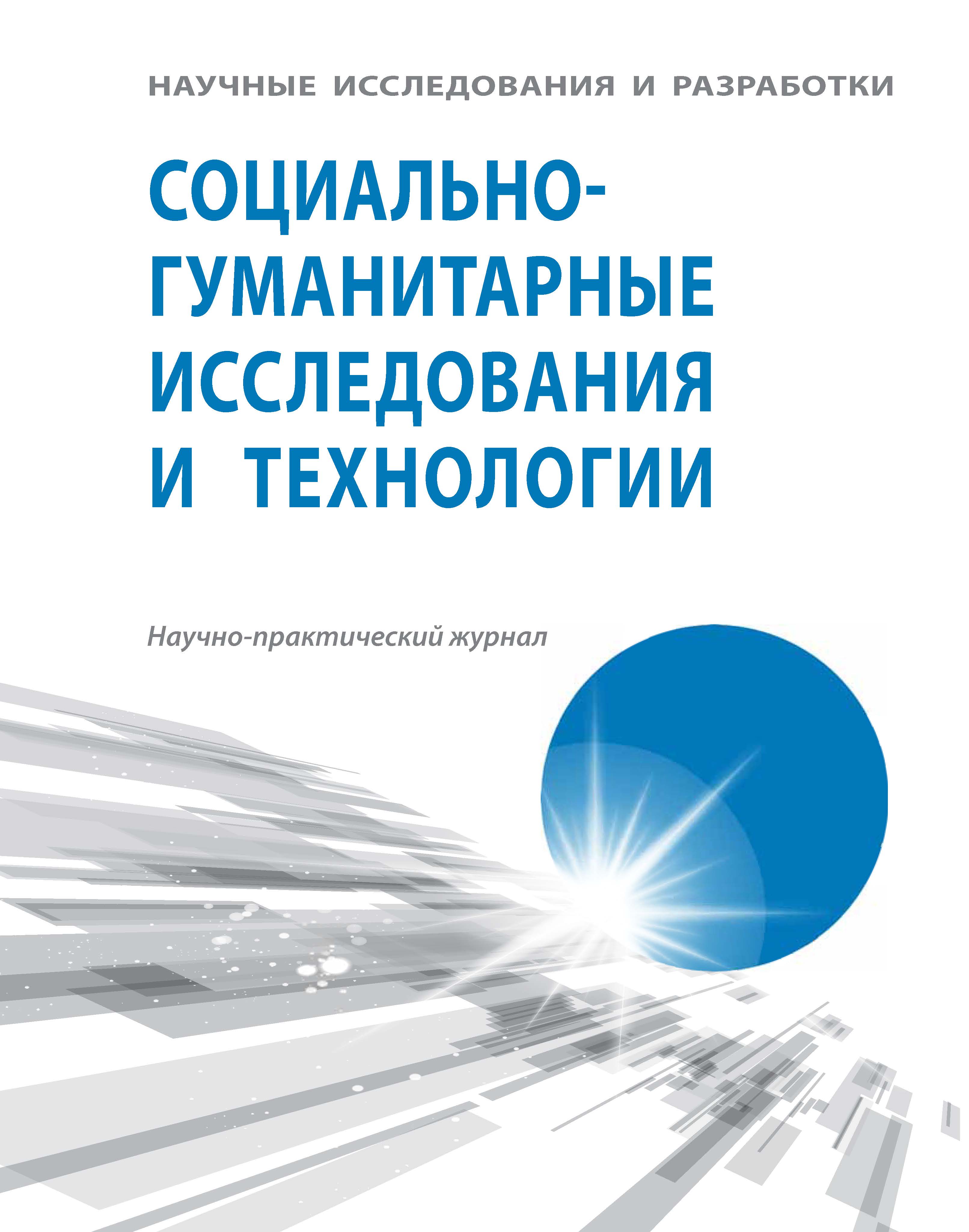Russian Federation
The Chinese nation has a unique tradition of choreographic culture, characteristic of the Indochinese region. Consequently, dance is an obligatory phenomenon of culture, in which the aesthetics of the body, emotions and the nature of social relations of the Chinese are harmoniously correlated. It retains its popularity among students of colleges and universities, as it contributes to their comprehensive development. Therefore, dance education in colleges and universities is of great importance for every student and deserves constant development. By the beginning of the 21st century, the Chinese believe that dance education in the country's universities is still in its infancy, and there are many opportunities. Dance education in universities in China strives to meet international and global standards. And despite this, in China there are many methods and practices for teaching dance art. But there are also many problems, such as focusing on skills, ignoring theory, indoctrinating teaching, and neglecting differences in individual abilities of students and focusing on their harmonious and all-round development. The traditional technologies of learning and teaching that were present in the 20th century are now perceived as limiting the development of learners and students. Therefore, at the beginning of the 21st century, China began to improve the overall quality of dance teaching, and teachers were asked to reform the classroom and/or classroom regimen to facilitate them and focus on increasing the educational role of dance practices in society.
choreographic education, comprehensive development of pupils and students, self-improvement, professionalism, emotionality, ideological orientation of the choreographic school
1. Tyan' H. Ob integracii prepodavaniya tanca i tradicionnoy kul'tury. «戏剧之家». Dom dramy. 2019; № 23: 204.
2. Anderson, T. (1996). The National Standards for Arts Education: A (Multi) Cultural Assessment. Studies in Art Education, 38(1), 55-60. https://doi.org/10.2307/1320313
3. Bannon, Fiona, 2018, Considering Ethics in Dance, Theatre and Performance, Cham: Springer International Publishing. doihttps://doi.org/10.1007/978-3-319-91731-3
4. Beauquel, Julia, 2013, “Physical and Aesthetic Properties in Dance”, in Bunker, Pakes, and Rowell 2013: 165-184.
5. Berleant, Arnold, 1991, “Dance as Performance”, in Art as Engagement, Philadelphia: Temple University Press, pp. 151-174.
6. Bläsing, Bettina, Beatriz Calvo-Merino, Emily S. Cross, Corinne Jola, Juliane Honisch, and Catherine J. Stevens, 2012, “Neurocognitive Control in Dance Perception and Performance”, Acta Psychologica, 139(2): 300-308. doihttps://doi.org/10.1016/j.actpsy.2011.12.005
7. Bond, Karen E. (ed.), 2019, Dance and Quality of Life, (Social Indicators Research Series, 73), Netherlands: Springer. doihttps://doi.org/10.1007/978-3-319-95699-2.
8. Chen C.S., Lee S.-Y., Stevenson H.W. Academic Achievement and Motivation of Chinese Students: A Cross National Perspective // Growing Up the Chinese Way: Chinese Child and Adolescent Development / ed. by S. Lau. Hong Kong: Chinese University Press, 1996.
9. Chen, Ching-Yun (2008) “An Analysis of Student Satisfaction with Dance Curriculum Universities in Taiwan.” Ed.D. diss. United States Sports Academy.
10. Chen, L.L. (2017) Analysis on the Deficiency and Improvement Strategy of Dance Teaching in Colleges and Universities. Shanxi Youth, No. 13, 273.
11. Feltham, Heleanor B. (2009) “Everybody Was Kung-fu Fighting: The Lion Dance and Chinese National Identity in the 19th and 20th Centuries.” In Marianne Hulsbosch, Elizabeth Bedford, and Martha Chaiklin, eds. Asian Material Culture. Amsterdam: Amsterdam University Press. 103-39.
12. Huang, Ya. (2022). Comparative Analysis of Aesthetic Emotion of Dance Movement: A Deep Learning Based Approach. Computational Intelligence and Neuroscience. 2022. 1-10.https://doi.org/10.1155/2022/5135495.
13. Jiang Y. (2008) Jiaoyu daguo de jueqi: gaibian guojia mingyun de zhanlue jueze // (Pod'em velikoy strany v oblasti obrazovaniya: zhizn' vnosit korrektivy v strategicheskie resheniya).
14. Kraut, Anthea, 2010, “‘Stealing Steps’ and Signature Moves: Embodied Theories of Dance as Intellectual Property”, Theatre Journal, 62(2): 173-189. doihttps://doi.org/10.1353/tj.0.0357.
15. Kwok, Madeline (1984) “The Direction of Chinese Dance and Dance Education in Hong Kong.” Betty True Jones, ed. Dance as Cultural Heritage. New York: Cord. Pp 166-176.
16. Lewis, Tyson, 2007, “Philosophy-Aesthetics-Education: Reflections on Dance”, The Journal of Aesthetic Education, 41(4): 53-66. doihttps://doi.org/10.1353/jae.2007.0038.
17. Liu, X. (2017) On the Present Situation of Dance Teaching and Its Improvement Strategies in Colleges and Universities. Shenzhou, No. 28, 172.
18. Ma D.X., (2017) Strengthen the Construction of Young Teachers’ Ethics in Colleges and Universities. Journal of the Chinese People’s Political Consultative Conference, 2017-03-01(010).
19. Mitra, Royona, 2015, Akram Khan: Dancing New Interculturalism, Basingstoke, Hampshire (UK) and New York: Palgrave MacMillan. doihttps://doi.org/10.1057/9781137393661.
20. Rabkin, N., & Hedberg, E. C. (2011). Arts education in America: What the declines mean for arts participation. Retrieved from http://arts.gov/publications/arts-education-america-what-declines-mean-arts-participation
21. Rhoads E.J.M. Stepping Forth into the World: The Chinese Educational Mission to the United States, 1872-1881. Hong Kong: Hong Kong University Press, 2011.
22. Weber, Rebecca, 2019, “Somatic Movement Dance Education: A Feminist, Cognitive, Phenomenological Perspective on Creativity in Dance”, in Bond 2019: 307-326. doihttps://doi.org/10.1007/978-3-319-95699-2_18.
23. Yin, Peili & Tan, Cc. (2022). Effectiveness of Online Dance Teaching in College Dance Majors: Case of Jinjiang College of Sichuan University. 6. 1883-1907.
24. You JiaYing. The investigation and research of higher dance education. China Academy of Art, 2007.
25. Zhang Z.P., A Comprehension of the Inheritance, Innovation and Development of the National Folk Dance, J., Journal of Guzhou University, 20(2006)64-68
26. Zhonggong Zhongyang (CK Kommunisticheskoy partii Kitaya) and Guowuyuan (Gosudarstvennyy sovet). Guanyu shenhua jiaoyu tizhi gaige quanmian tuijin suzhi jiaoyu de jueding [Postanovlenie o prodolzhenii sistemnoy reformy obrazovaniya i razvitiya obrazovaniya, orientirovannogo na kachestvo]. 1999. http://www.chinapop.gov.cn/flfg/xgflfg/t20040326_30741.html].






